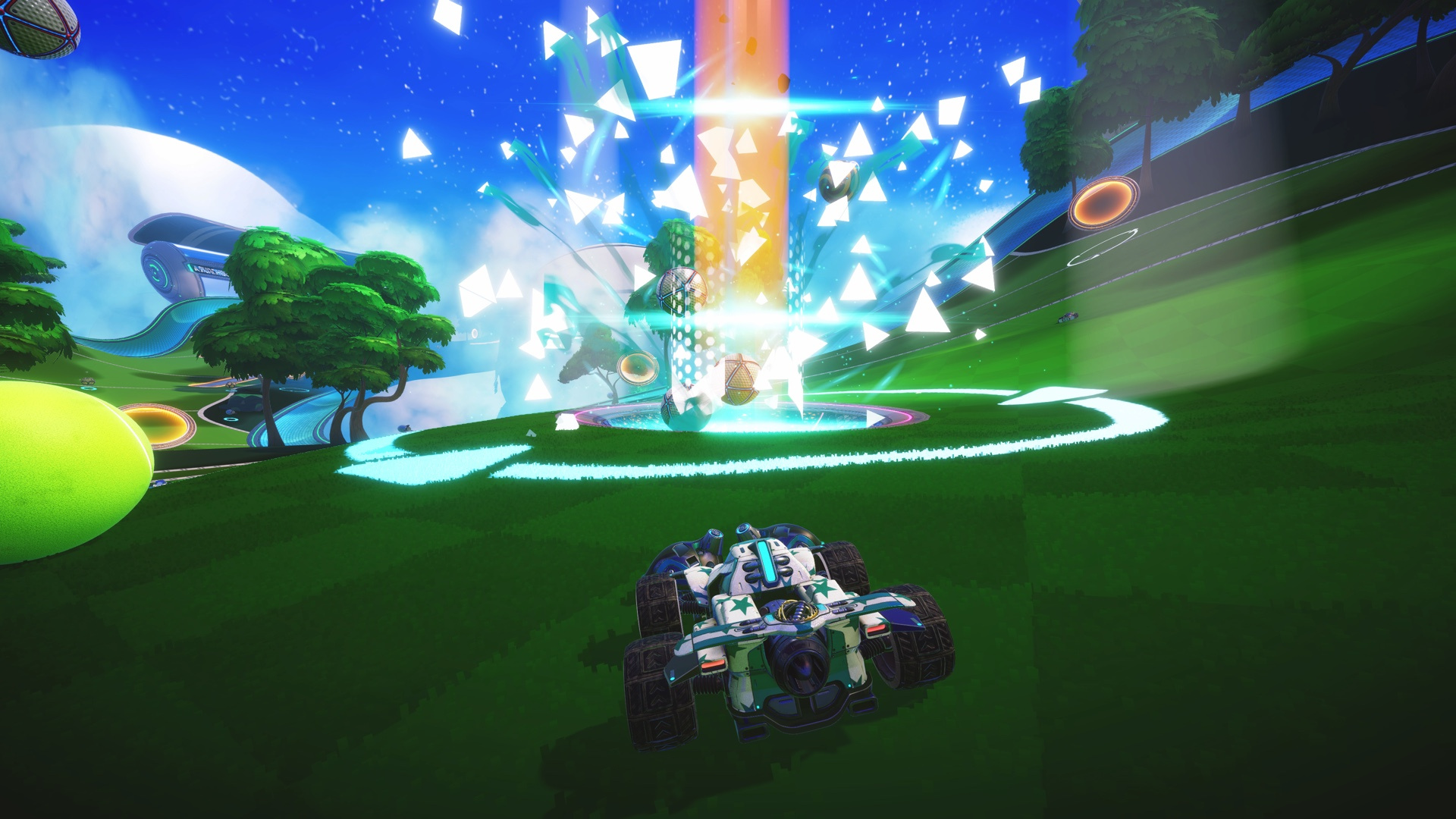Reverberations of Ruin
Every step through Vera’s fractured wastelands or the shadowed vaults beneath Innars is a choice etched in static and scarred data. The wind here doesn’t carry air—it carries corrupted signals, warped by broken simulations and lost tech. Light isn’t a refuge—it’s a digital flicker ready to betray your position. Whether at the jagged edge of Mirroria’s sands or deep inside malfunctioning ruins predating this cycle, survival is no longer a goal—it’s the residue of control. You’ll thread through pressure-locked hallways where Aegis turrets reboot unpredictably, and face bio-synth constructs gone rogue, running protocols no one remembers how to override. There’s no pause—only constant threat buffering between moments. One flicker, one delayed input, and the system turns predator. Floors collapse beneath you, barriers regenerate behind, and dangers emerge not from sight but from errors you’ve unknowingly left behind. Instinct replaces HUD. Memory frays. Your past failures spawn ghosts in the system—echoes that reshape the environment to punish your hard-earned knowledge. The terrain doesn’t just respond—it remembers. And the deeper you venture, the more the code warps around your rhythm, testing if you are traveler or variable to be deleted. There is no storybook ending here. Only an endless loop of conflict. And through each layer of corruption peeled back, the Architect—the voice behind the void—whispers through broken signals: not to warn you, but to forge what you are becoming. Because in this simulation, there is no "end." Only ever deeper layers for those who refuse to quit.
Enter the Circuit’s Blackline